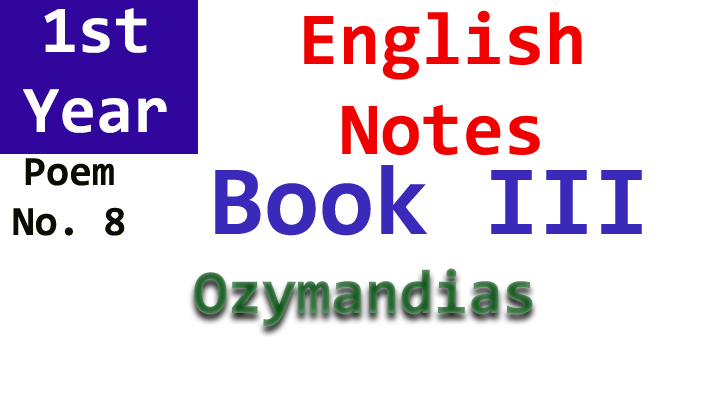The poem “Ozymandias” by Percy Bysshe Shelley, found in Book III Notes of the 1st Year English curriculum, vividly portrays the fleeting nature of human power and ambition. It begins with a traveler recounting his encounter with two colossal, trunkless legs of stone and a shattered visage half-buried in the desert sands. The sculptor has skillfully captured the frown, wrinkled lip, and sneer of Ozymandias, the long-forgotten king who once ruled with a sense of invincibility.
The inscription on the pedestal arrogantly proclaims Ozymandias as the “king of kings” and urges the mighty to admire his works. However, the poem takes a poignant turn as it reveals that nothing remains of Ozymandias’s empire except the ruins in the desolate desert, emphasizing the transience of human achievements and the inexorable passage of time. The poem’s powerful imagery and themes of hubris and decay make it a thought-provoking exploration of the impermanence of human greatness.

